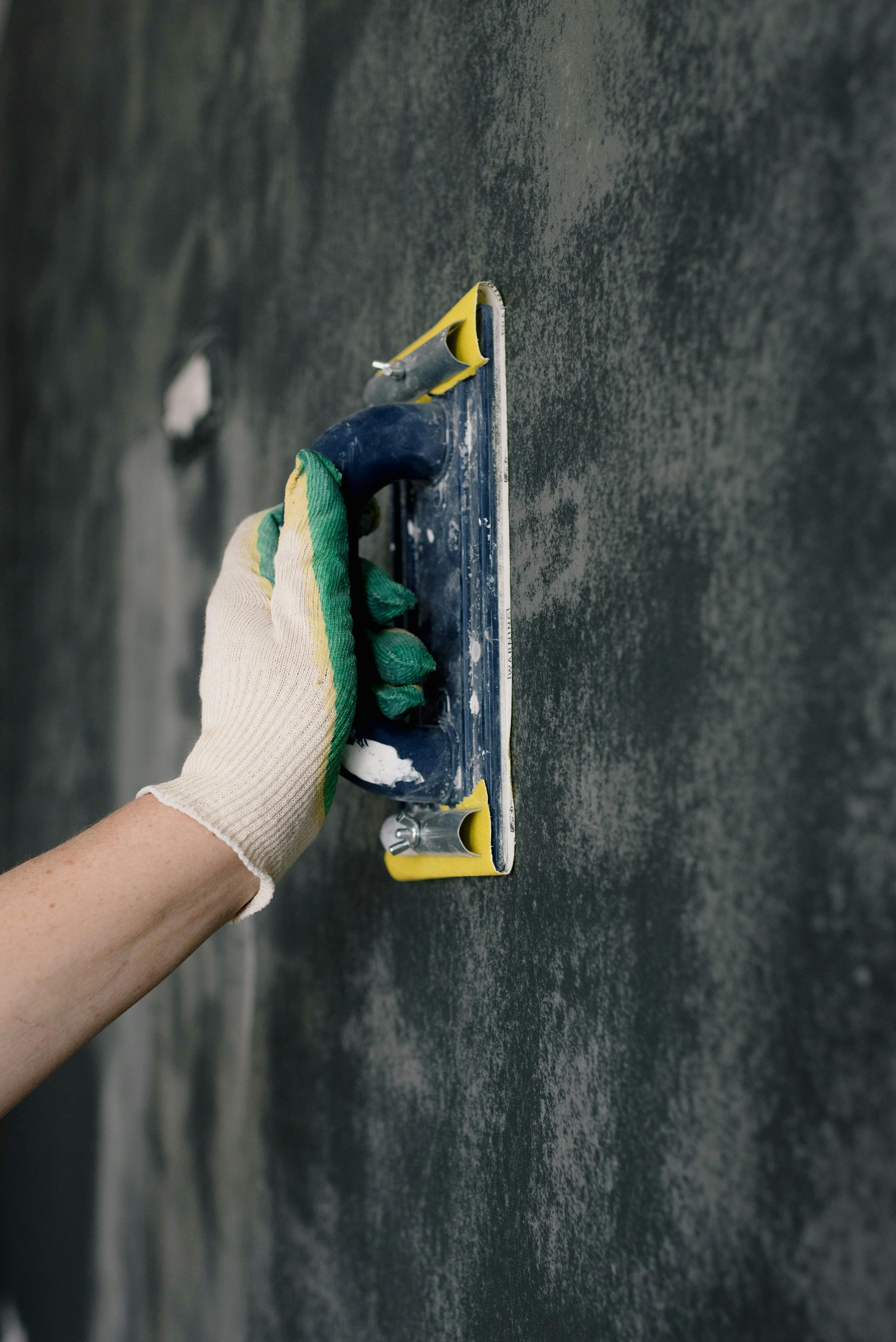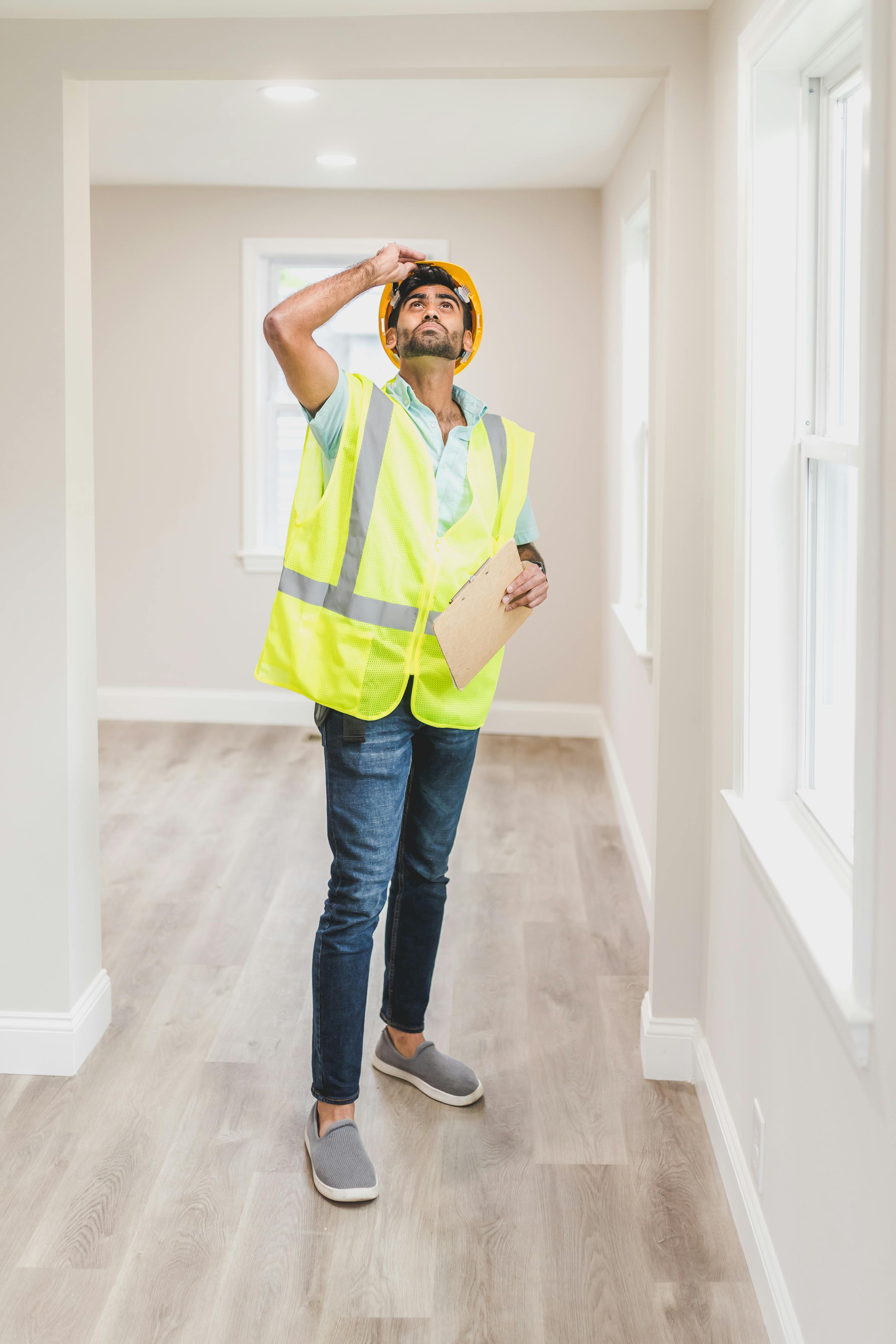8 Lessons Learned:
Apr
14th
The Joyful Journey of Buying a Puppy: A Comprehensive Guide Bringing a new puppy into your home is a decision filled with excitement and responsibility. It's a commitment that involves love, care, and a lasting companionship. As you embark on the journey of buying a puppy, there are crucial considerations to ensure a smooth transition for both you and your…






